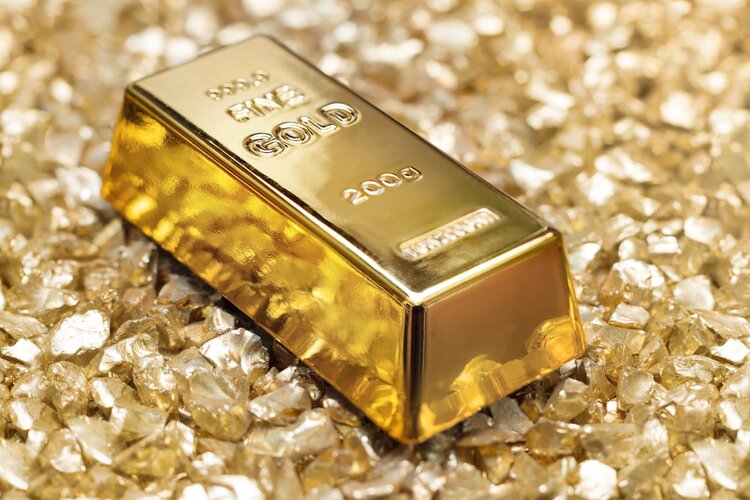The price of gold has reached a one-week high after the US dollar and Treasury yields declined in response to the US Federal Reserve’s dovish outlook. The Federal Reserve indicated it would cease its interest rate-hiking policy and suggested lower borrowing costs in 2024.
Spot gold rose to $2,046.69 per ounce and US gold futures jumped to $2,061.60, demonstrating a promising upwards trend following the Fed’s announcement. Experts have predicted a target price of $2,250 per ounce for gold by the end of 2024, reflecting growing positivity in the gold market.
The possibility of lower US interest rates, along with a decrease in the value of the dollar and bond yields, has increased the appeal of gold for non-dollar buyers. As a result, the US benchmark 10-year yields reached their lowest levels since late July.
In the domestic market, gold prices surged to ₹62,950 while silver rallied to ₹77,400 per kilogram. On the Multi Commodity Exchange (MCX), gold futures for February 5 were seen trading higher by ₹1,601 or 2.62 percent at ₹62,800. Meanwhile, silver futures for March 5 delivery were up 5.15 percent at ₹75,218.
This surge in gold prices could have implications for investors and the larger economy. For investors, considering gold as a safe haven amid lower interest rates and the devaluation of the dollar is an important decision. Economically, the increase in gold prices could embody a lack of confidence in the US economy and the continued impact of the global pandemic on financial markets. Additionally, it could mean lower borrowing costs for individuals and businesses.
Whatever the scenario, the gold market is a key indicator of the broader economic landscape and provides valuable insights for investors and analysts. This surge in gold prices will likely be accompanied by a continuing analysis of economic policy, the US dollar’s value, and global trade and investment trends.









